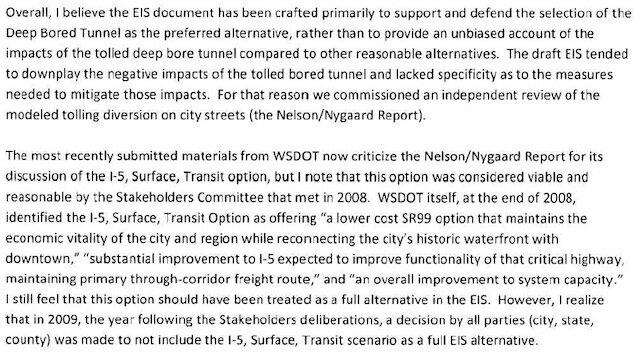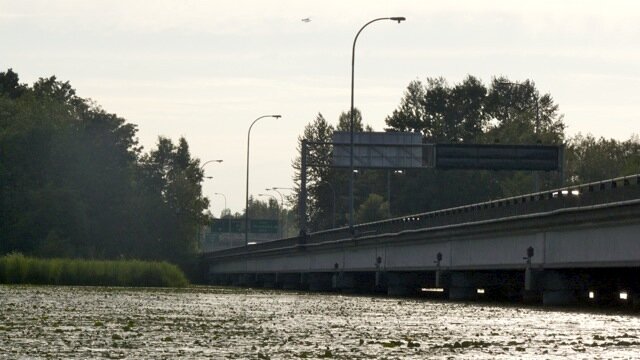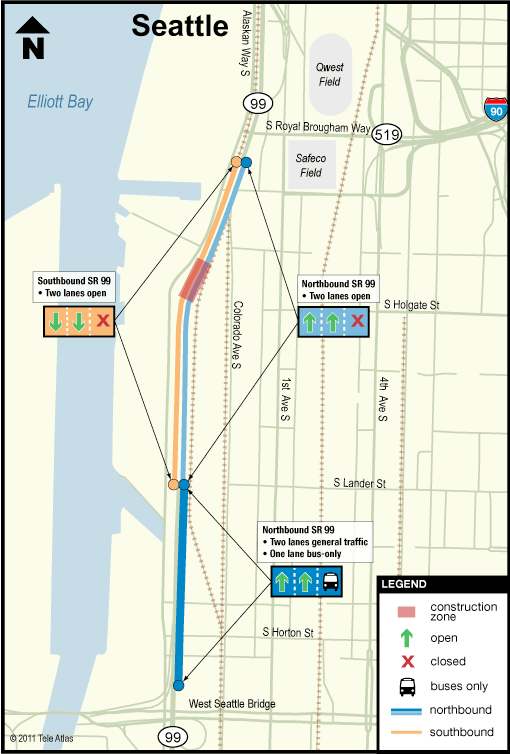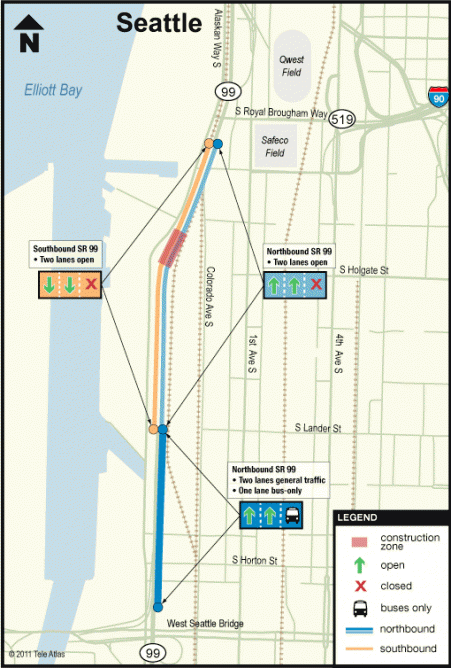We haven’t been covering the ongoing joustings regarding the deep-bore tunnel much as of late, but things are about to heat up again, with the release of the SR 99 – Alaskan Way Viaduct and Seawall Replacement Project’s final environmental impact statement scheduled for July.
To kick things off, PubliCola alerted us to the defiant tenor of Seattle Department of Transportation chief Peter Hahn’s cover letter to the Washington State Department of Transportation, as he signed off on the final EIS. Here’s the meat of his correspondence:

Hahn’s contention that the EIS has been crafted to “support and defend” a chosen option is a criticism that could, of course, be leveled almost any environmental impact statement. The EIS process is not without its structural shortcomings. But, in the end, it provides as much a jumping off point for lawsuits as a final word.
WSDOT, to clarify, says that the I-5/Surface/Transit option had to be rejected “because it didn’t meet the objective of providing capacity for the future” (where “capacity” seems to be narrowly defined as single occupancy vehicle capacity, given how much easier it is to scale up transit than add extra lanes to an enclosed tunnel). WSDOT’s adherence to this particular objective is also questionable given the fact that per capita, Seattle area traffic volumes have declined six percent since 2005. (See Sightline’s whole “Dude, Where Are My Cars?” series.)
Tortuously, WSDOT continues: “Investments on I-5 were needed to accommodate shifted viaduct traffic, leaving little room for future regional and state growth. In addition, travel times for trips through downtown on Alaskan Way would be 10 to 15 minutes longer.” Adding a lane to I-5 would be counterposed to regional and state growth? A portion of traffic, of course, has shifted to SR 99 from I-5 because of I-5’s bottleneck congestion, so it seems a little arbitrary for WSDOT to cavil about it shifting back.



